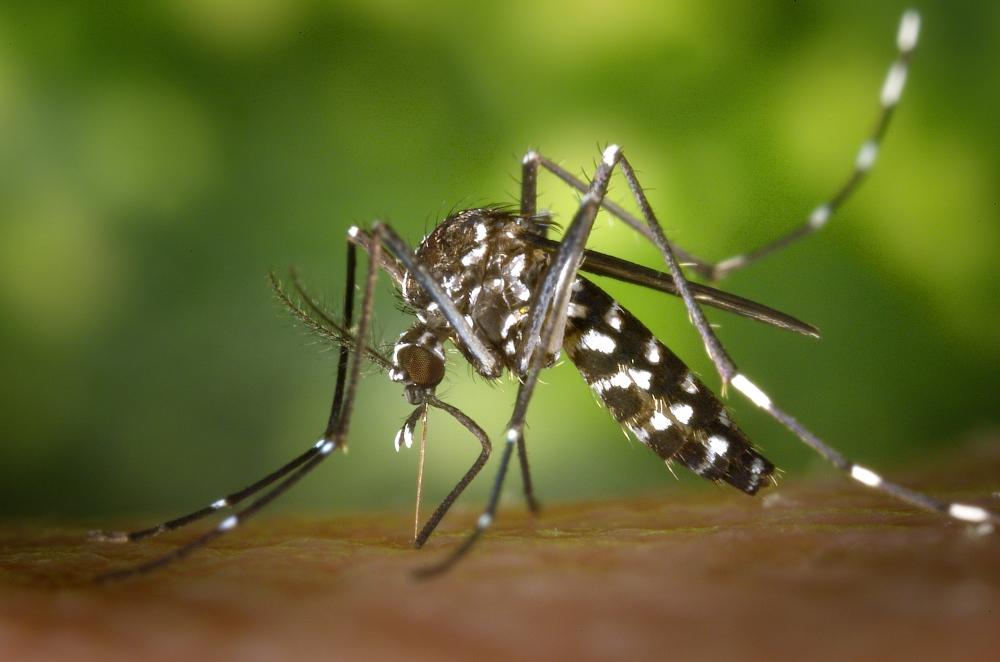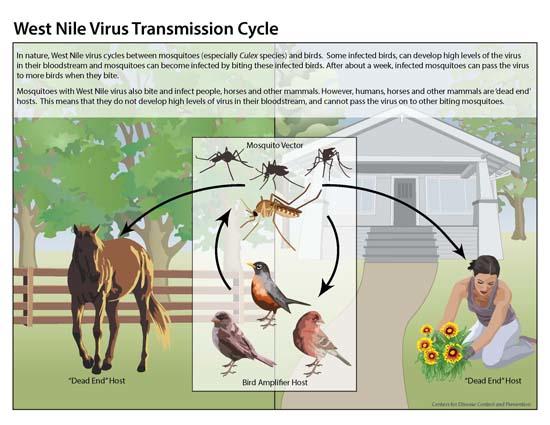
Section Branding
Header Content
'Tiger' Mosquito Raises West Nile concerns
Primary Content

The prime time for West Nile infection is right now: June through September. Get ready. West Nile is spread to humans and other animals from the bite of infected mosquitoes.
This year, there’s a new critter to worry about. It’s called the Asian tiger mosquito. It has already spread to at least 26 states, mostly in the eastern U.S.
Most mosquitoes bite at night. This blood-lusting varmint bites all day long. It is very aggressive and has a hard bite. If you swat it, it still hangs on. It can spread West Nile and other viruses including dengue fever, and others that cause brain inflammation (encephalitis).
2012 marked the highest number of deaths (286) from West Nile since 1999, when the virus was first detected in the United States. 2012 also reported the largest number of cases (5674) since 2003. Last summer’s record outbreak was likely due to hotter than normal temperatures. Texas was hit hardest, with about a third of all reported cases. West Nile has been reported in all 48 contiguous states. It has yet to hit Hawaii or Alaska.

Mosquitoes are infected when they feed on infected birds. There is no vaccine to keep you from getting it, so your best bet is to avoid being bitten. Wear insect repellents that contain DEET, picaridin, IR 3535, oil of eucalyptus, or para--menthane-diol as active ingredients. And wear long sleeves and pants when outdoors from dusk to dawn. Also, rid your yard of standing water sources, where mosquitoes like to breed: flower pots, kiddie pools, bird baths, buckets, and drains.
The good news is most people (70-80%) who ARE infected with West Nile don’t have any symptoms. About 20% of those infected will have fever, headache, body aches, joint aches, vomiting, diarrhea, or rash. Fatigue and weakness can continue for weeks or months. A small number of people (fewer than 1% of those infected) have severe symptoms due to infection and inflammation of the brain: headache, high fever, neck stiffness, coma, disorientation, tremors, seizures, paralysis. One in ten of these patients dies.
Protect yourself. Use insect repellent, wear protective clothing, and get rid of standing water.





